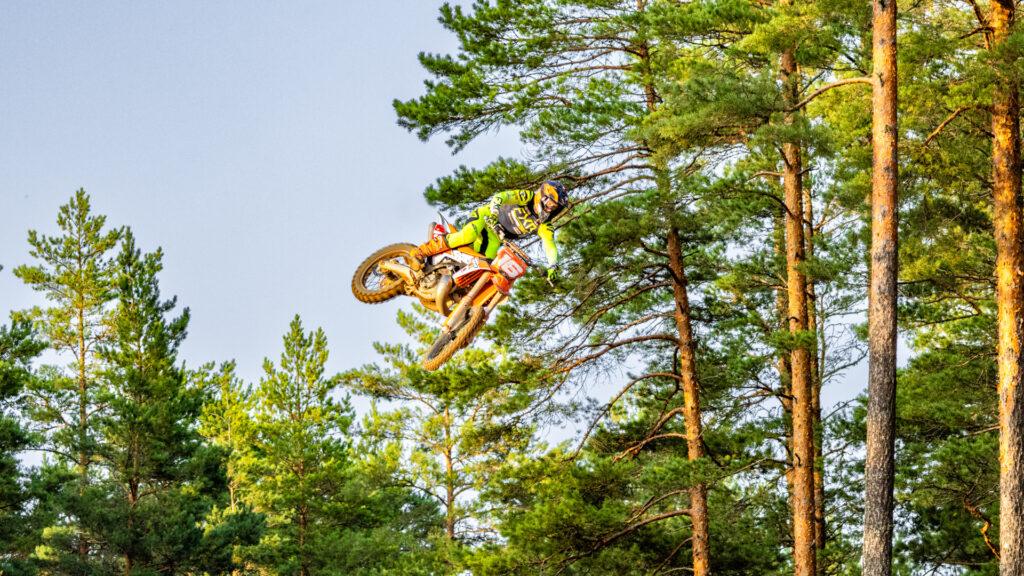Introduction
Engaging in sports photography is an exhilarating adventure that combines artistry with the fast-paced world of athletics. If you’re a beginner eager to capture the thrill of sporting events, you’re in the right place. This comprehensive guide is designed to equip you with essential gear recommendations, proven techniques, and practical tips to kickstart your sports photography journey. From understanding your camera settings to mastering composition, we’ll explore everything you need to know to take stunning action shots that convey the energy and emotion of the game. Let’s dive in and unlock the secrets to becoming a successful sports photographer!
Innehållsförteckning
Understanding the Basics of Sports Photography
What is Sports Photography?
Sports photography is a dynamic genre that focuses on capturing the excitement and intensity of athletic events. It involves photographing athletes in action, showcasing their skills, emotions, and the environment of the sport. Whether it’s a local football game or a professional championship, sports photography seeks to tell a story through powerful images.
One of the most critical aspects of sports photography is the ability to capture athletes in action. These images freeze moments of speed, strength, and agility, allowing viewers to experience the thrill of the game or race. Effective action shots can convey a wide range of emotions, from the joy of victory to the agony of defeat, making them resonate with fans and players alike. Understanding the nuances of timing, composition, and camera settings is essential for creating compelling sports photographs that highlight the essence of the sport.
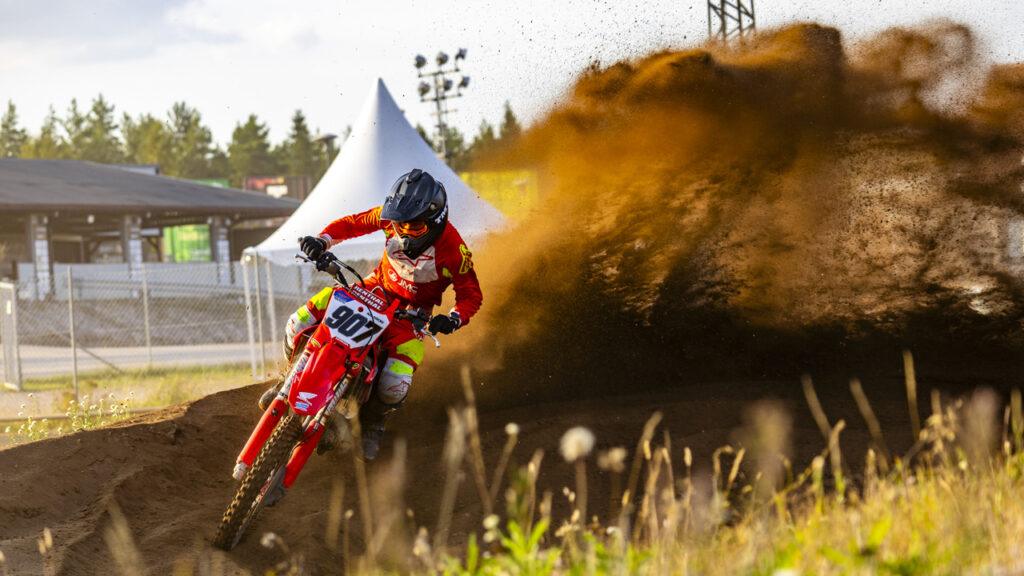
Essential Gear for Beginners
What Camera Should You Use?
Choosing the right camera is crucial for capturing stunning sports photographs, especially for beginners looking to make their mark in this exciting field. For those starting, the Canon R6 Mark II is an excellent choice. It boasts a fast autofocus system, impressive low-light performance, and can shoot up to 40 frames per second, making it ideal for freezing fast-paced action. I have provided a table of different cameras and price ranges here below. I also added links to Amazon so you can check them out.
In addition to the camera body, the lens you choose is equally or more important. A versatile lens like the Canon 70-200mm f/2.8 is highly recommended for sports photography. Its focal length allows you to zoom in on the action from a distance, while the wide aperture helps in achieving beautiful background blur and excellent performance in varying lighting conditions. I will write a blog post exclusively about lenses, I will link that article here.
Here’s a comparison of some recommended Canon cameras for sports photography:
| Camera Model | Megapixels | Continuous Shooting | ISO Range | Price Range |
| Canon R6 Mark II | 24.1 MP | 40 fps | 100-102400 | $$$ |
| Canon EOS 90D | 32.5 MP | 10 fps | 100-25600 | $$ |
| Canon EOS Rebel T8i | 24.1 MP | 7 fps | 100-25600 | $ |
Choosing the right combination of camera and lens will significantly enhance your ability to capture the essence of sports, ensuring you have the tools necessary to succeed as a sports photographer.
Other Important Accessories
While choosing the right camera and lens is vital for sports photography, having the right accessories can significantly enhance your shooting experience and image quality.
Tripods and Monopods: Stability is crucial when photographing fast-paced sports, especially in low-light conditions. A sturdy tripod can be useful for shooting in static positions, while a monopod offers a balance between mobility and stability, making it ideal for quick adjustments during events. The Manfrotto Monopod, for example, is lightweight and easy to carry, allowing you to track the action smoothly.
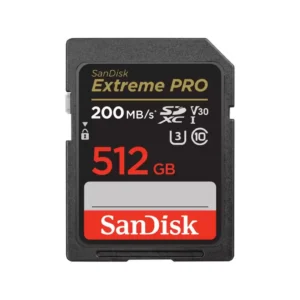
Memory Cards and Storage Solutions: Fast and reliable memory cards are essential for sports photography, where you’ll be capturing a burst of images in quick succession. Look for cards with high write speeds, such as SanDisk Extreme Pro or Lexar Professional, which can handle continuous shooting without lag. Additionally, investing in external storage solutions, like portable hard drives or cloud services, ensures you can back up your photos securely and access them whenever needed.
Equipping yourself with these essential accessories will help you maximize your potential and efficiency as a sports photographer.
Techniques for Capturing Action Shots
Mastering Camera Settings
Understanding and mastering your camera settings is essential to capture fast-paced action in sports photography effectively. Shutter speed is perhaps the most critical factor; a fast shutter speed (1/500s or faster) is necessary to freeze motion and avoid blur. Conversely, a slower shutter speed may be used for creative effects, such as conveying movement.
Aperture also plays a vital role in achieving the desired depth of field. A wider aperture (like f/2.8) allows more light in, creating a shallow field depth that helps isolate the subject from the background. This is particularly useful in busy sports environments.
I always start with as low ISO setting as possible, because ISO is the setting that can cause grain in the image. This is not to be confused with motion blur, I will write an article about the exposure triangle later, and I will link to that post here.
Here are some recommended settings for various sports:
- Soccer/Football: Shutter Speed: 1/1000s, Aperture: f/2.8, ISO: 400
- Basketball: Shutter Speed: 1/800s, Aperture: f/2.8, ISO: 800
- Motocross: Shutter Speed: 1/2000s, Aperture: f/4, ISO: 400
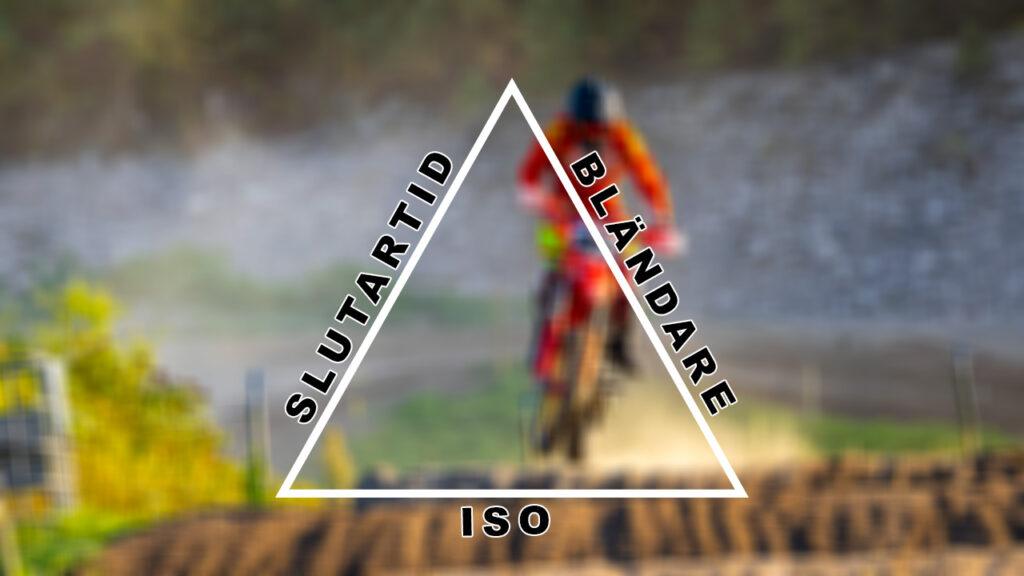
By familiarizing yourself with these settings and adjusting them according to the sport and environment, you’ll improve your ability to capture sharp, dynamic action shots. Here you can see some motocross pictures I have taken.
Composition and Framing Tips
Effective composition is key to elevating your sports photography. One of the foundational principles is the Rule of Thirds. By dividing your frame into a grid of nine equal parts and placing the subject along these lines or at their intersections, you create a more balanced and engaging image. This technique is especially useful when tracking moving subjects.
In addition to the Rule of Thirds, experimenting with dynamic angles can add excitement to your photos. For instance, shooting from a lower angle can make athletes appear more powerful, while overhead shots can provide unique perspectives of the event.
Focusing on the subject’s emotions and critical moments also enhances the storytelling aspect of sports photography. Capture expressions of determination, joy, or disappointment to connect with your audience on a deeper level.
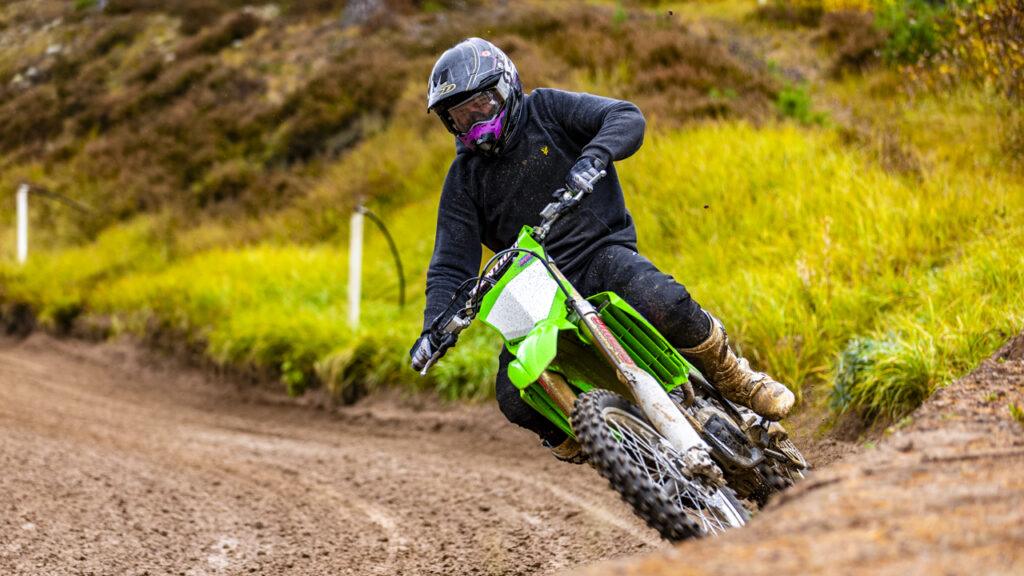
By mastering these composition techniques, you’ll be able to create compelling images that resonate with viewers and effectively convey the thrill of the sport.
Preparing for Your First Shoot
Choosing the Right Sports Event
Selecting the right sports event for your first shoot is crucial for a successful experience. As a beginner, it’s best to start with local or community events, such as youth leagues or amateur competitions. These events tend to be less competitive and allow you to practice without the pressure of a high-stakes environment. I shoot a lot of motocross so I spend a lot of time at the local motocross track.
Understanding the sport and its dynamics is also essential. Familiarize yourself with the rules, common player or rider positions, and typical plays. This knowledge will help you anticipate key moments and enhance your ability to capture significant action shots. Consider attending a few games as a spectator before shooting to get a feel for the event and its atmosphere. I also recommend that you visit the track before the shoot if it’s possible, and then you get an idea of where you can take good pictures.
Pre-Shoot Checklist
A thorough pre-shoot checklist can make a world of difference in ensuring you’re prepared for your first sports photography session. Here’s a quick gear checklist to consider:
- Camera Body: Ensure it’s clean and has a fully charged battery installed.
- Lenses: Bring your primary lens (e.g., Canon 70-200mm f/2.8) and any additional lenses.
- Batteries: Carry at least two fully charged batteries, as sports photography can drain power quickly.
- Memory Cards: Have enough storage, preferably high-speed cards to handle continuous shooting.
- Accessories: Don’t forget a tripod or monopod, a lens cloth, and a water bottle.
Location scouting is another crucial step. If possible, visit the venue ahead of time to identify the best vantage points for capturing action shots. Knowing where to position yourself can help you get the most impactful images.
Post-Processing Tips for Beginners
Basic Editing Techniques
Post-processing is a crucial step in refining your sports photography and bringing out the best in your images. For beginners, software like Adobe Lightroom is highly recommended due to its user-friendly interface and powerful editing capabilities. It’s particularly effective for organizing your photos and making batch edits, which can save time when working with large volumes of images. I will publish tutorials on how I edit my photos in Adobe Lightroom and Adobe Photoshop, I will link them here.
When editing sports photos, focus on essential adjustments that can significantly enhance your images. Start with exposure to ensure your photos are well-lit without losing details in the highlights or shadows. Next, adjust the contrast to add depth and make your subject stand out. Fine-tuning white balance is also important to ensure the colors are true to life, especially in outdoor settings where lighting can change rapidly.
Additionally, consider cropping your images to improve composition and remove distractions from the background. This can help you focus more on the action and emotion of the moment captured. Lastly, applying slight sharpening can enhance the details, particularly for fast-moving subjects.
Conclusion
In summary, embarking on a journey in sports photography involves equipping yourself with the right gear, mastering essential techniques, and preparing thoroughly for your shoots. By following the guidance provided in this article, you’ll be well on your way to capturing stunning images that convey the excitement and emotion of athletic events. Remember to practice regularly and learn from each experience, as every shoot presents an opportunity for growth. Don’t forget to share your photos and experiences with the community as you develop your skills and refine your style. Happy shooting!
FAQ Section
Frequently Asked Questions
What gear do I need to start sports photography?
To start sports photography, you’ll need a DSLR or mirrorless camera with fast autofocus, such as the Canon R6 Mark II, along with a versatile lens like the Canon 70-200mm f2.8. Additional gear includes a tripod or monopod, spare batteries, and fast memory cards.
How do I capture fast-moving sports action?
To capture fast-moving sports action, use a fast shutter speed (1/500s or faster), set your camera to continuous shooting mode, and focus on key moments in the event. Experimenting with different angles and compositions will also help enhance your shots.
What are the best camera settings for sports photography?
The best camera settings for sports photography include a high shutter speed to freeze action, a wide aperture for good depth of field, and adjusting the ISO based on lighting conditions. For outdoor daytime events, an ISO of 100-400 is typically ideal.
How can I improve my sports photography skills?
To improve your sports photography skills, practice regularly by attending various sports events, review your photos to learn from your mistakes, and study the techniques of experienced photographers. Joining a photography community can also provide valuable feedback.
What post-processing software do you recommend for sports photos?
Adobe Lightroom and Photoshop are highly recommended for post-processing sports photos. These tools allow you to make essential adjustments like exposure correction, cropping, and color grading, enhancing the overall quality of your images.

